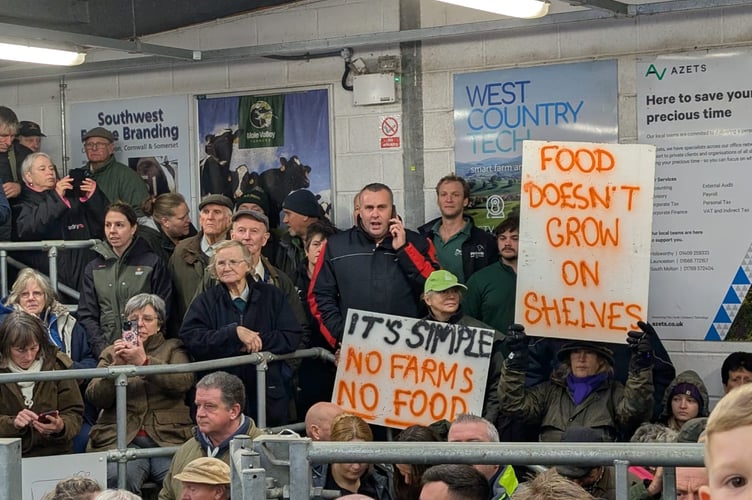MORE farmers than forecast could face new inheritance tax charges according to research.
Central Association of Agricultural Valuers (CAAV), believes 19 per cent more farmers than forecast will face punitive inheritance tax charges in the first decade of the government’s new legislation, due to the effect of inflation and frozen reliefs.
The government’s changes to inheritance tax, which will see farms worth over £1million be subject to 20 per cent inheritance tax from April 2026, have caused quite a stir, as a number of farmers believe this will lead to land being sold to pay the tax bill, impact food security and the future of British farming.
According to the government, the top seven per cent of agricultural property relief claims account for 40 per cent of the total value of agricultural property relief, costing the taxpayer £219-million, while the top 2 per cent of claims (37 claims) account for 22 percent of agricultural property relief, costing £119-million.
Back in November, farmers from Holsworthy and surrounding areas came together for a ‘Back British Farming’ protest in which they made their thoughts known regarding the alterations to the tax relief - look back on our live blog here.
However, the government has said that its changes to ‘Agricultural Property Relief’ are expected to affect the wealthiest 500 estates across the country.
Now, the Central Association of Agricultural Valuers has said that far more farmers will be affected by the changes than forecast by those in power.
“Our calculations point to the first decade of the proposed policy ending with 89,500 farming taxpayers liable for inheritance tax on their farm assets,” says Jeremy Moody, secretary and adviser to the CAAV. “The first 10 years alone would add some 14,500 (19 per cent) to the CAAV’s assessment of 75,000 affected farming taxpayers over a generation - simply because of inflation, if there is no policy change. More would follow as each year goes by.”
The main inheritance tax relief for all taxpayers, the nil rate band, has been frozen at £325,000 since 2009, and is set to remain frozen until 2030. “That gives no confidence that the £1-million full relief for agricultural property relief and business property relief will be protected against inflation,” says Mr Moody. “Even more farmers would therefore be caught than has been suggested.”
While the nil rate band would be used first for personal assets, which from April 2027 will include unused pension funds, it gives a measure of how inflation brings people into tax. When full agricultural property relief and business property relief were introduced in 1992, the nil rate band of £140,000 was worth some 56 acres of typical farmland. The £325,000, frozen since 2009, is now worth 29 acres.
Mr Moody continued: “Based on average annual inflation of 3 per cent since 2009, it’s easy to see how quickly a lot more farmers will fall into this punitive tax band.”


.jpeg?width=209&height=140&crop=209:145,smart&quality=75)

